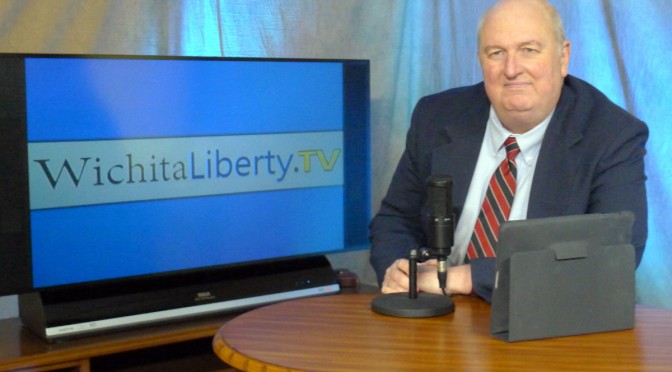Tag: Kansas Association of School Boards
-
For McGinn, a liberal voting record is a tradition
Based on votes made in the Kansas Senate, the advertising claims of Sedgwick County Commission candidate Carolyn McGinn don’t match her record.
-
Kansas school finance reporting and opinion
Kansas school finance reporting and opinion
-

In Kansas, education is all about money and politics for UMEEA
Media reaction to the school finance legislation has been pretty predictable, focusing almost exclusively on institutions and ignoring the impact on students, writes Dave Trabert of Kansas Policy Institute.
-

WichitaLiberty.TV: Kansas school finance lawsuit, problems solved?
The Kansas Supreme Court handed down its ruling in Gannon v. Kansas, the school finance lawsuit. What did the court say, and did it address the real and important issues with Kansas schools?
-

In Kansas, the Blob is worked up
In Kansas, we’re seeing the Blob at full activation, vigorously protecting its interests against school reforms.
-
Kansas education topic on ‘This Week in Kansas’
Kansas education issues were a topic on a recent segment of KAKE TV “This Week in Kansas.”
-
Kansas Association of School Boards: Putting institutions and money before individual students
In Kansas, institutional demands for more money continue to drive the debate, writes Dave Trabert of Kansas Policy Institute.
-
Why are Kansas school standards so low?
At a time when Kansas was spending more on schools due to an order from the Kansas Supreme Court, the state lowered its already low standards for schools.
-
Let’s just ignore this Kansas school spending
The response to a survey regarding Kansas school spending is useful for two reasons: It lets us gauge the level of knowledge of the public, and it also tells us the extent to which school spending advocates will go to justify and excuse spending.